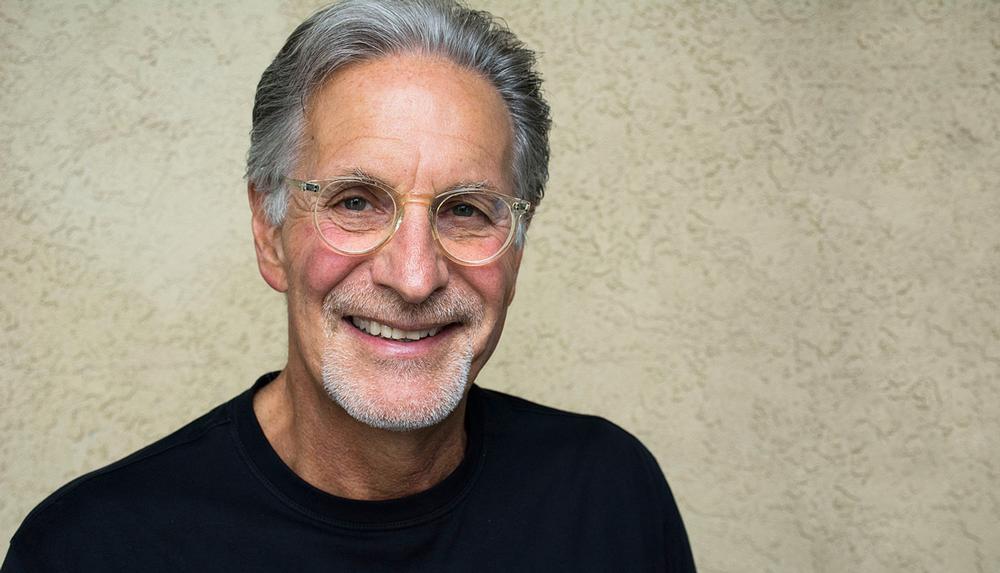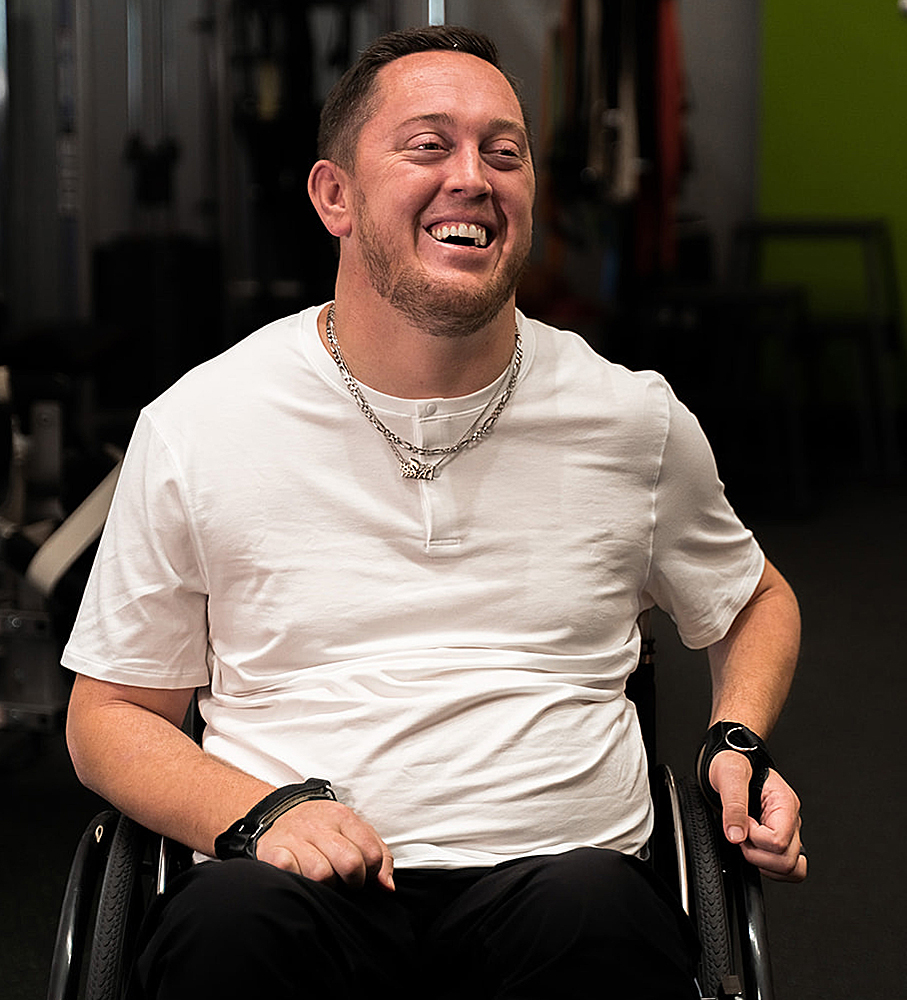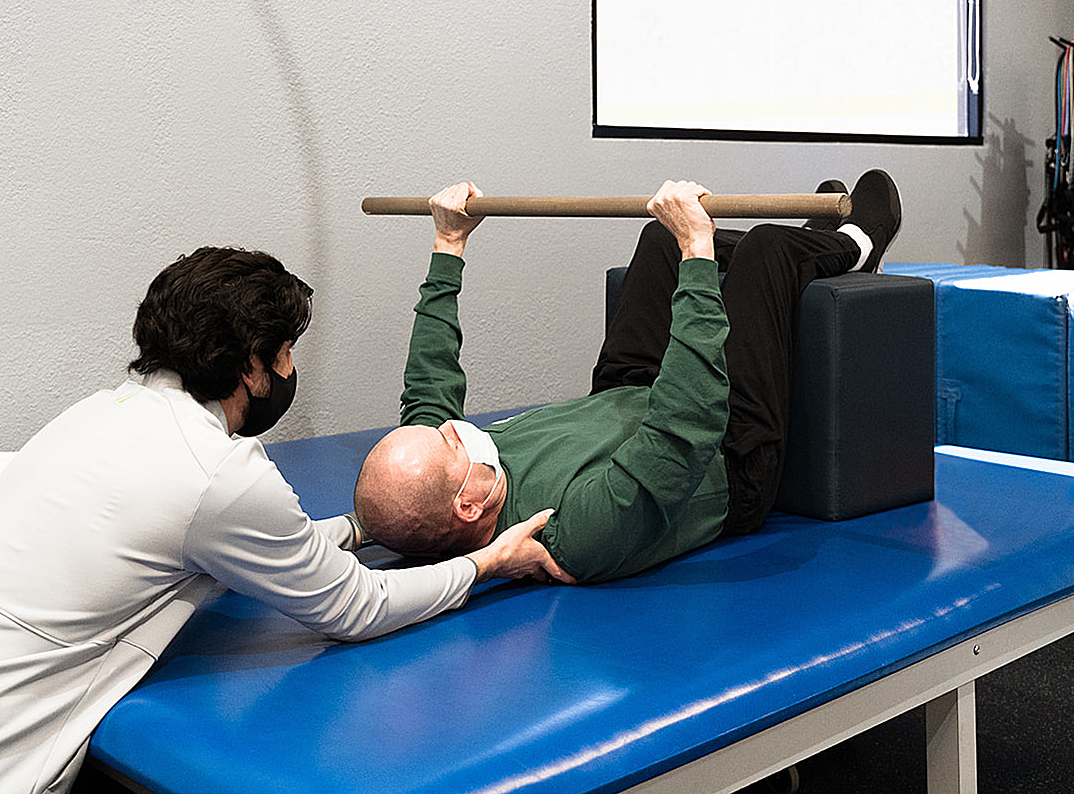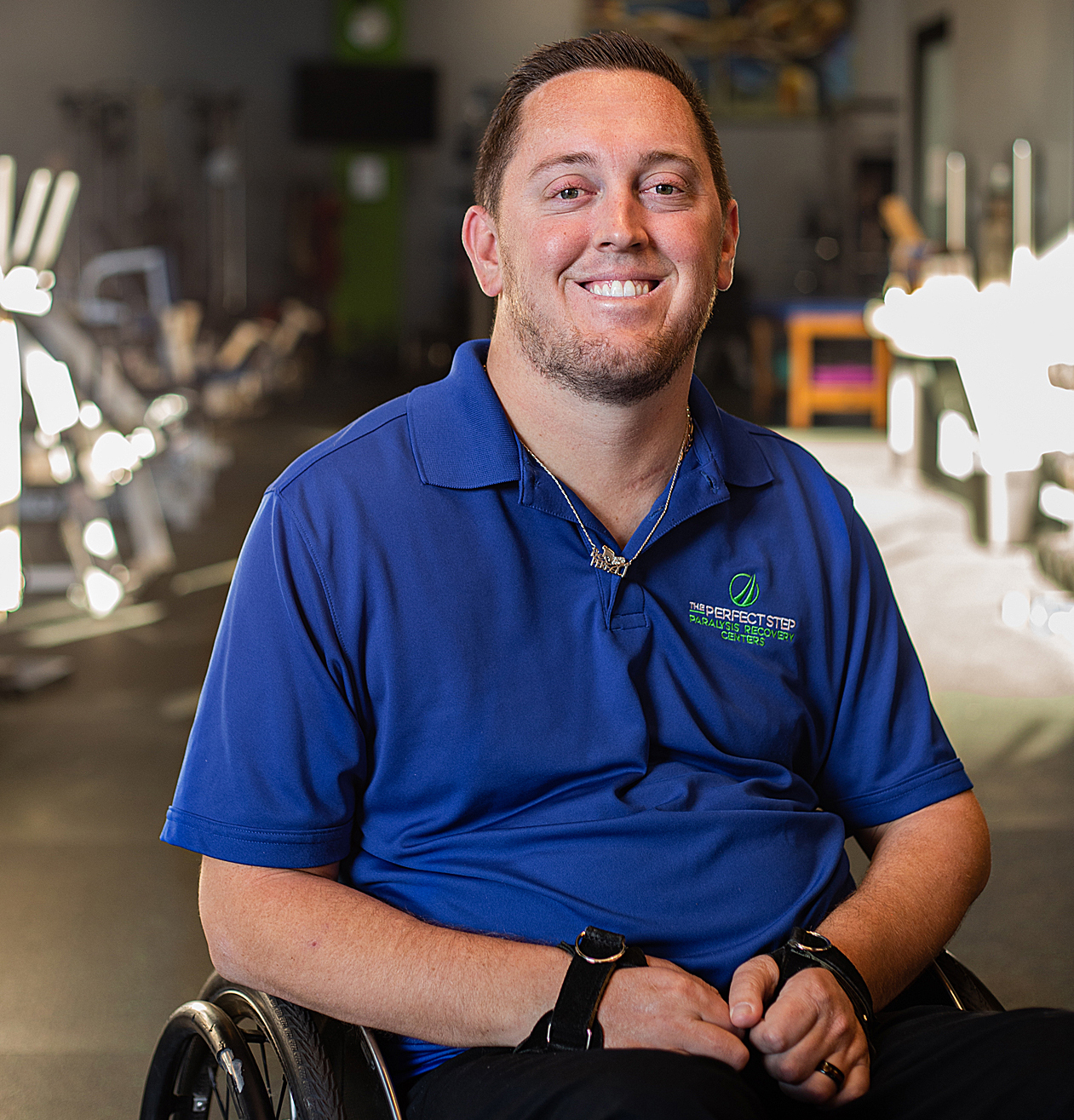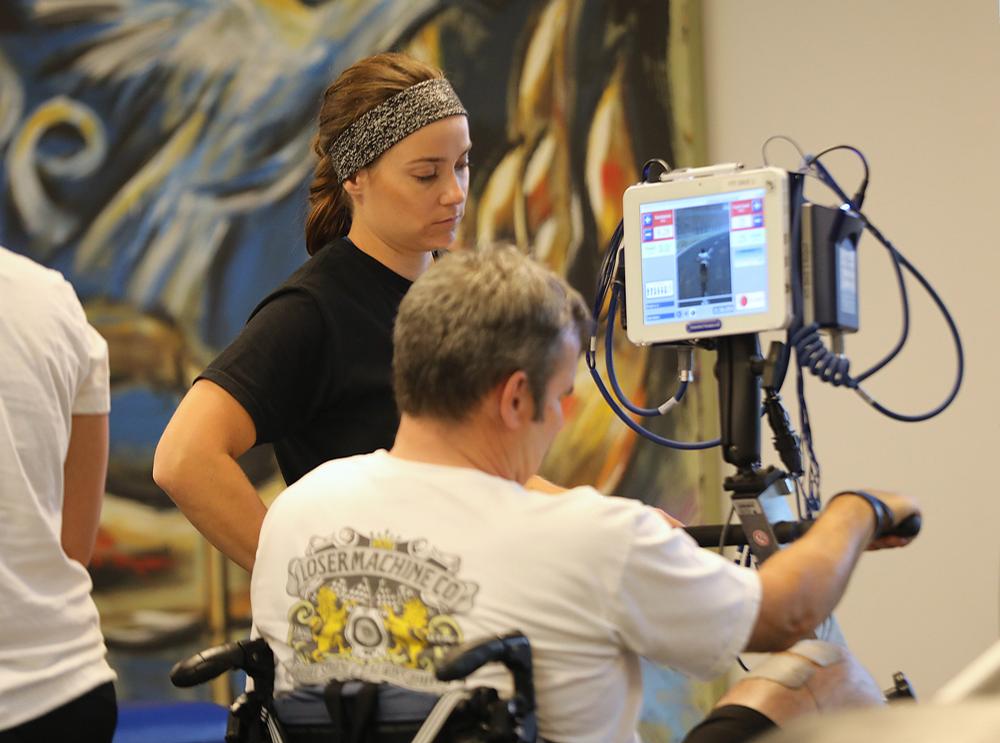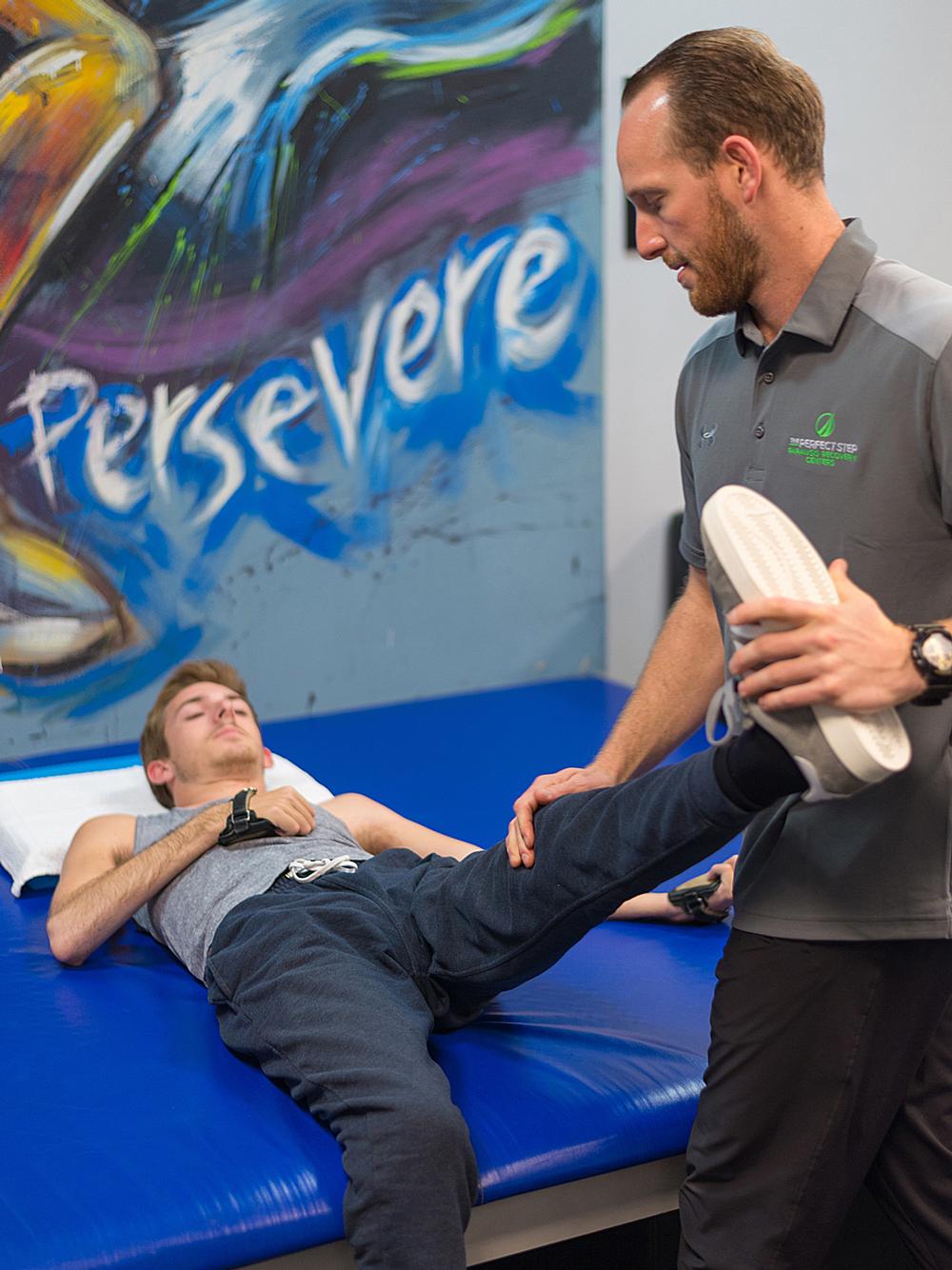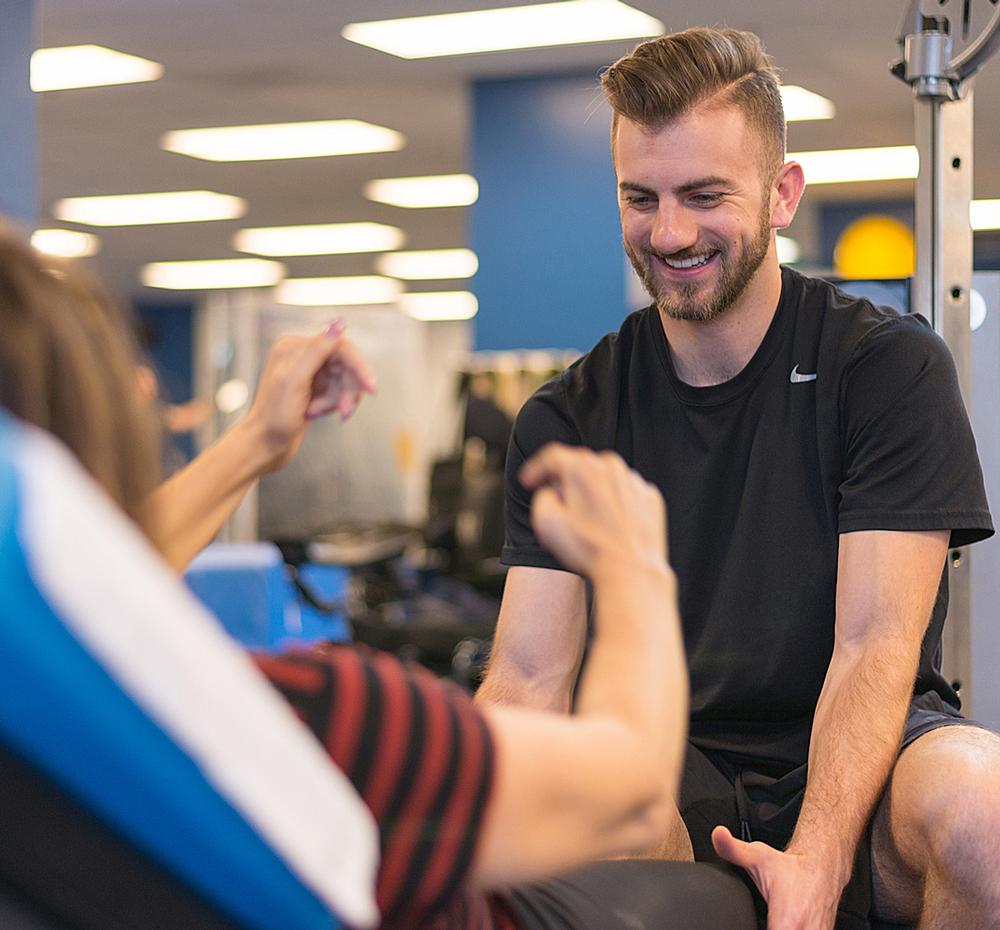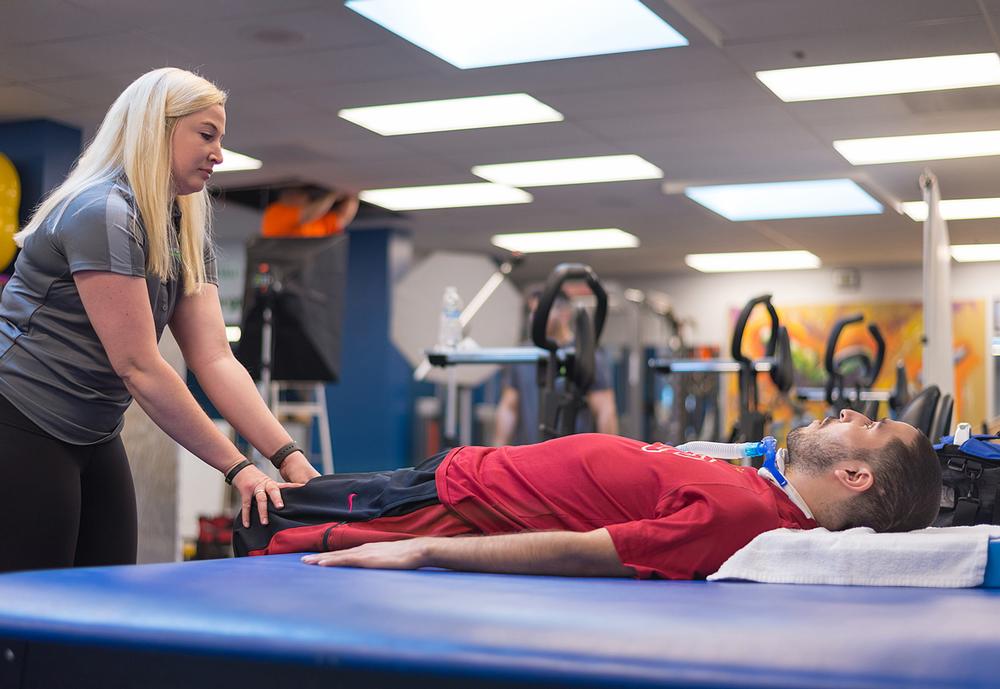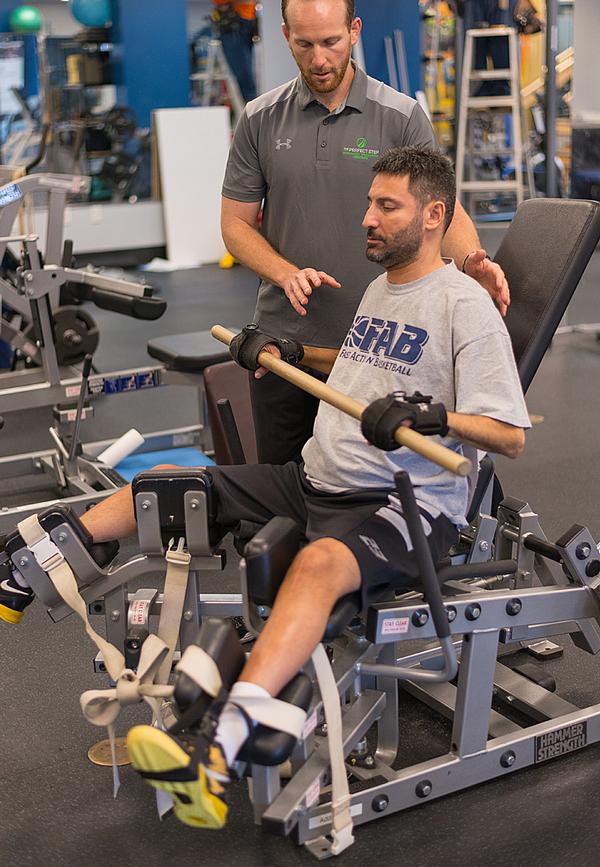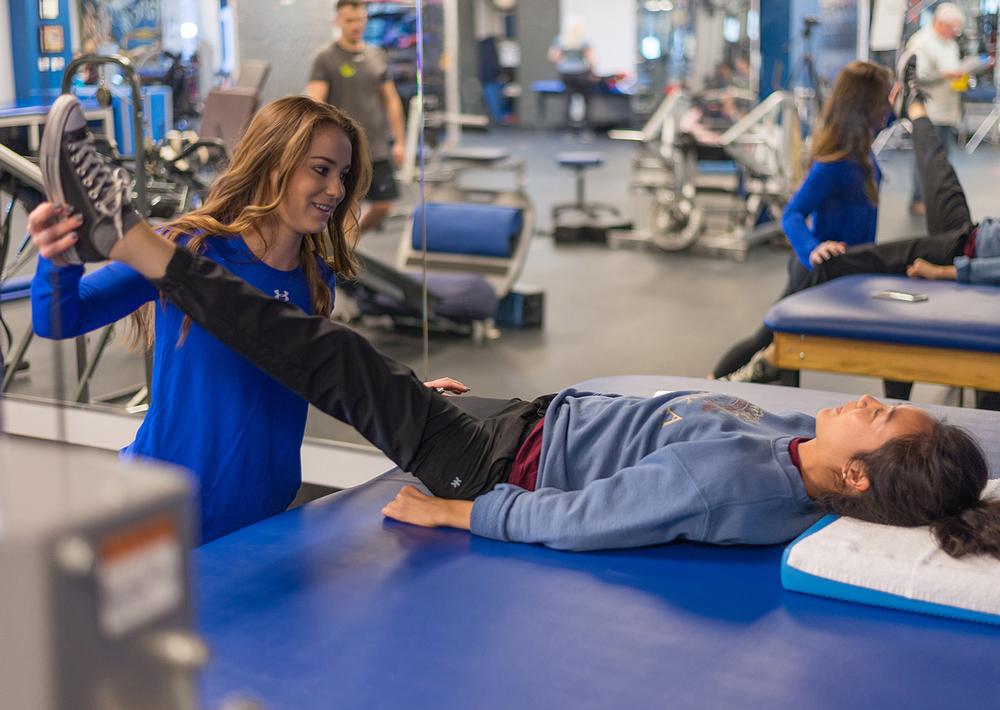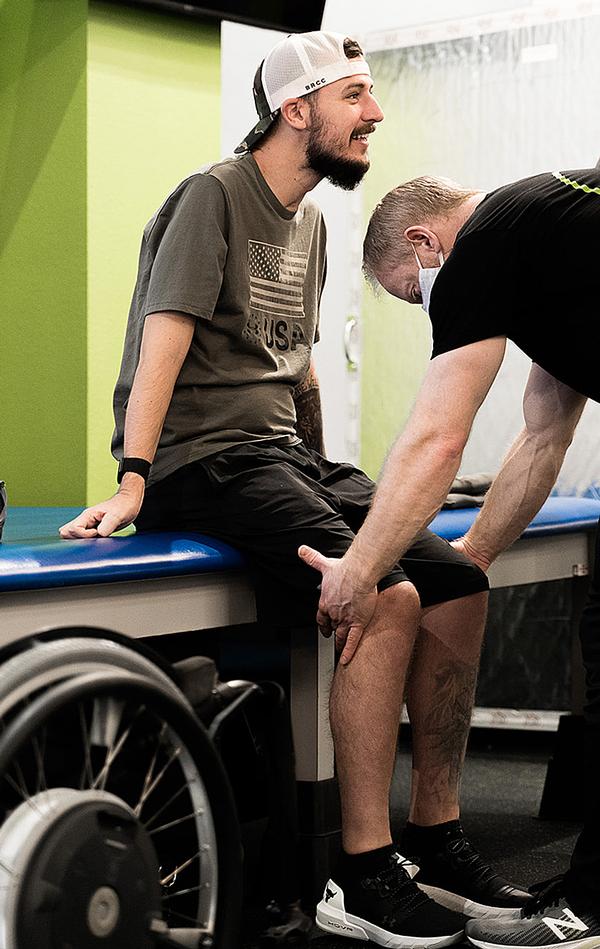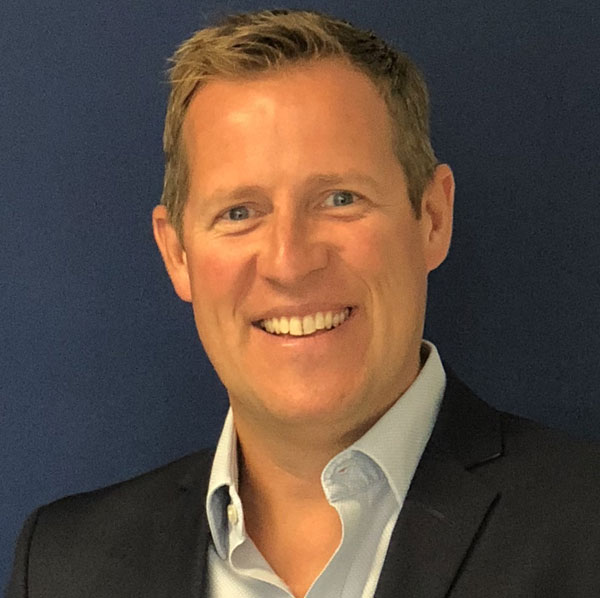While you were CEO of The Claremont Club in California, you introduced a number of exercise as medicine programmes. How did this come about?
For me, the inspiration first came in the early 90s, when I had a club in Oregon and worked with a five-year-old who had spina bifida. Seeing the powerful impact that coming to the club had on him changed my life and made me want to do more.
Years later, after I had moved back to California and joined The Claremont Club, I saw Julie Main give a speech at IHRSA, about the work she was doing at her clubs in Santa Barbara. I asked her if she would share her template and allow us to customise it.
The first programme we launched was the Living Well after Cancer programme, in 2006. It focused on women who had had breast cancer, although there were a few with other cancers. This evolved into a partnership with Pomona Valley Hospital Medical Center and Robert & Beverly Lewis Family Cancer Care Center.
We offered a twice-weekly, 13-week programme, with cardio, strength, conditioning, nutritional advice and oncology massage. We soon realised all these women had families which also needed support, so we extended free club membership to all of them. Altogether we helped more than 1,340 women and their families, including eight small men’s groups.
Following the success, we went on to launch our Pediatric and Young Adult Cancer programme. Again this treated the entire family at no cost. It was a year-long programme which met twice a week, but they could use the club at any time. Everything we offered at the club was free including 13 weeks of summer camps, field trips, Kids’ Friday Night Out, Breakfast with Santa and each child could bring their best friend as well.
How were these programmes funded?
It all came off the bottom line. However, the programmes ended up making us more money, because our customers really liked what we were doing and the culture it created. Our member attrition had always been 21 to 24 per cent, but we saw this drop to 15 per cent once we started running these programmes. When we questioned our customers on what they liked about the club, they all mentioned the sense of shared values and the work we were engaged with – helping people who were in dire need.
How did the Spinal Cord and Paralysis programme come about?
In 2007, my daughter’s 17-year-old friend, Hal Hargrave, suffered a spinal cord injury which left him paralysed from the neck down. When we visited him in the acute rehabilitation hospital he was being treated at, I told his parents that when he finished his transitional living care we would get him back to the club that he had grown up in and begin working with him there: taking him out of a sick care environment and back into an electric and wellcare environment. After making that promise to his family, I was not really sure what I could do with him, but I was committed to trying.
I went back to the club and told the board of directors that I needed a second pilates studio, which would give me 800sq ft to work with Hal.
Then I sent my wellness director and two of my PTs to train at Project Walk in Carlsbad to learn cutting edge, non-traditional methods for treating SCIs: using load-bearing exercises and Patterned Neural Activity Recruitment which reorganises the nervous system and/or rebuilds pathways in the brain to get more tangible outcomes than traditional therapy.
Hal’s physiatrist at Casa Colina Rehabilitation Hospital began referring his patients to train at the facility and in December 2013, The Be Perfect Foundation [set up by Hargrave and his family to support people with disabilities] and The Claremont Club made the joint decision to expand the operation by taking on the first ever Project Walk franchise and expanding into a 3,000sq ft space on the club’s campus.
As it was part of a franchise, this became our first fee-based programme and we worked with individuals with multiple sclerosis, cerebral palsy, stroke, Parkinson’s, traumatic brain injury, amyotrophic lateral sclerosis (ALS) and transverse myelitis. The club ran a Cycling for Parkinson’s programme alongside, offering sessions in the cycling studio three times a week.
Could you tell us about some of the most extreme conditions you have helped people with?
Augie Nieto, the founder of Life Fitness and Hammer Strength, came to us as a result of suffering from ALS. We had never worked with anyone with ALS before, but I had known Augie since the 80s and really wanted to help him.
He was completely dependent on his power chair, needed a ventilator, a feeding tube and a neck brace. However, working with him in the gym and on the gait trainer we managed to bring more movement back into his arms and legs, so with the help of an upright gait trainer, Augie was able to walk his youngest daughter down the aisle at her wedding.
Another young African-American man we worked with had suffered a severe C5/C6 injury. His life was incredibly limited and he could only move his chair by blowing into a tube.
We helped him to get some movement back into his arms, but his father was distraught that if he got to the point where he had use of both of his hands that he might then try to commit suicide.
To give him renewed purpose, we offered him a job in the club. Initially he said, “what could I do?” I asked him if he would read stories to the kids in the kids’ club twice a week. This worked very well: the children did not see his legs, but rather they saw his heart and soul.
Parents were always thanking us because they said that thanks to Jason their children were learning about empathy, tolerance and compassion. Jason went back to college and has become an amazing man and contributor to society, mentoring other families who have gone through the same experience as him.
What advice do you have for operators who’d like to deliver these programmes?
Start out slow. Do your homework. Choose one area which is dear to you and really research it. Find partners to align with: respected physicians and clinicians. We have always been very open that we are available to anyone who wants to do what we did – we will give you our knowledge for free.








